When it comes to finding ways to relax and de-stress, there are many options available. Some people might take a hot bath, while others might go for a walk outdoors. But did you know that one of the best ways to relax and reduce stress levels is by simply spending time with plants?
“The best and most beautiful things in the world cannot be seen or even heard, but must be felt with the heart.” -Helen Keller

Credit: Pexels
That’s right, plants! Studies have shown that interacting with plants can help to reduce stress and anxiety, and can even improve your mood.
Not only will they make your space look more vibrant and inviting, but they can also help you to feel calmer and more relaxed.
Thus, if you’re looking for a natural and easy way to feel better, then consider adding some plants to your home.
The Science Behind Plant Therapy For Stress Relief
There is scientific evidence that suggests that plant therapy can be effective in reducing stress. A study found that inhaling the scent of lavender oil helped to reduce stress and anxiety in participants.
Another study looked at the effects of aromatherapy massage with lavender oil on stress levels. The study found that the massage was effective in reducing stress and improving mood.
So how does plant therapy work to reduce stress?

One theory is that the scent of the essential oils used in plant therapy can help to trigger the release of neurotransmitters in the brain that have a calming effect.
Another theory is that the physical act of caring for plants can help to reduce stress. This is because caring for plants can provide a sense of purpose and a feeling of accomplishment. It can also help to take your mind off of your stressors and focus on something positive.
The Benefits Of Plant Therapy For Stress Relief
Plant therapy has become a popular way to relieve stress and anxiety. There are many benefits to using plants for stress relief. Plants can help to purify the air, reduce noise pollution, and create a calm and relaxing environment. They can also help to improve your mood and concentration.
There are a wide variety of plants that can be used for stress relief. Some of the most popular plants for stress relief include lavender, chamomile, and jasmine. These plants have a calming and soothing effect on the mind and body. They can be used in a variety of ways, including in aromatherapy, teas, and topically.

- Aromatherapy is one of the most popular ways to use plants for stress relief. Aromatherapy uses essential oils from plants to promote relaxation and stress relief. Essential oils can be diffused in the air, applied topically, or added to baths.
- Tea is another popular way to use plants for stress relief. Herbal teas made with chamomile, lavender, and other calming herbs can help to soothe the mind and body. Topically, plants can be used in lotions, creams, and oils.
There are many benefits to using plant therapy for stress relief. Plants can help to purify the air, reduce noise pollution, and create a calm and relaxing environment. They can also help to improve your mood and concentration. If you are looking for a natural way to relieve stress and anxiety, plant therapy may be right for you.
The Benefits Of Houseplants For Stress Relief
Houseplants are a great way to reduce stress in your life. There are many benefits to having houseplants, including reducing noise levels, improving air quality, and reducing stress hormones in your body.
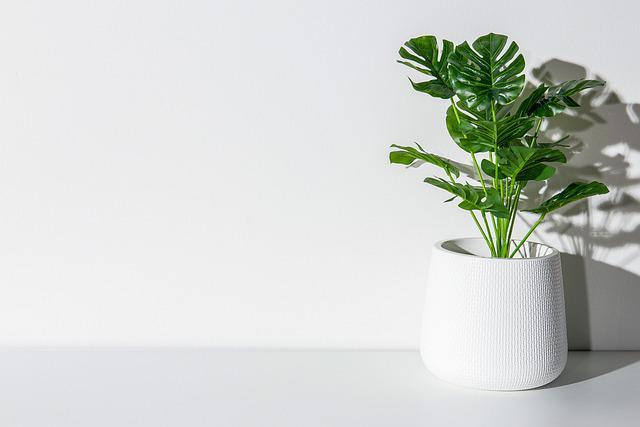
- One of the best things about houseplants is that they can help reduce noise levels in your home. If you live in a busy city, or have a lot of noise in your home from appliances, children, or pets, houseplants can help to reduce that noise. They do this by absorbing sound waves and reducing the amount of noise that reaches your ears.
- Another great benefit of houseplants is that they can improve the quality of the air in your home. This is especially important if you live in a city with a lot of air pollution. Houseplants can help to remove harmful toxins from the air, and improve the overall quality of the air in your home.
- Lastly, houseplants can help to reduce stress hormones in your body. When you are stressed, your body releases hormones that can make you feel anxious, irritable, and even depressed. Houseplants can help to reduce these stress hormones, and help you to feel more relaxed and calm.
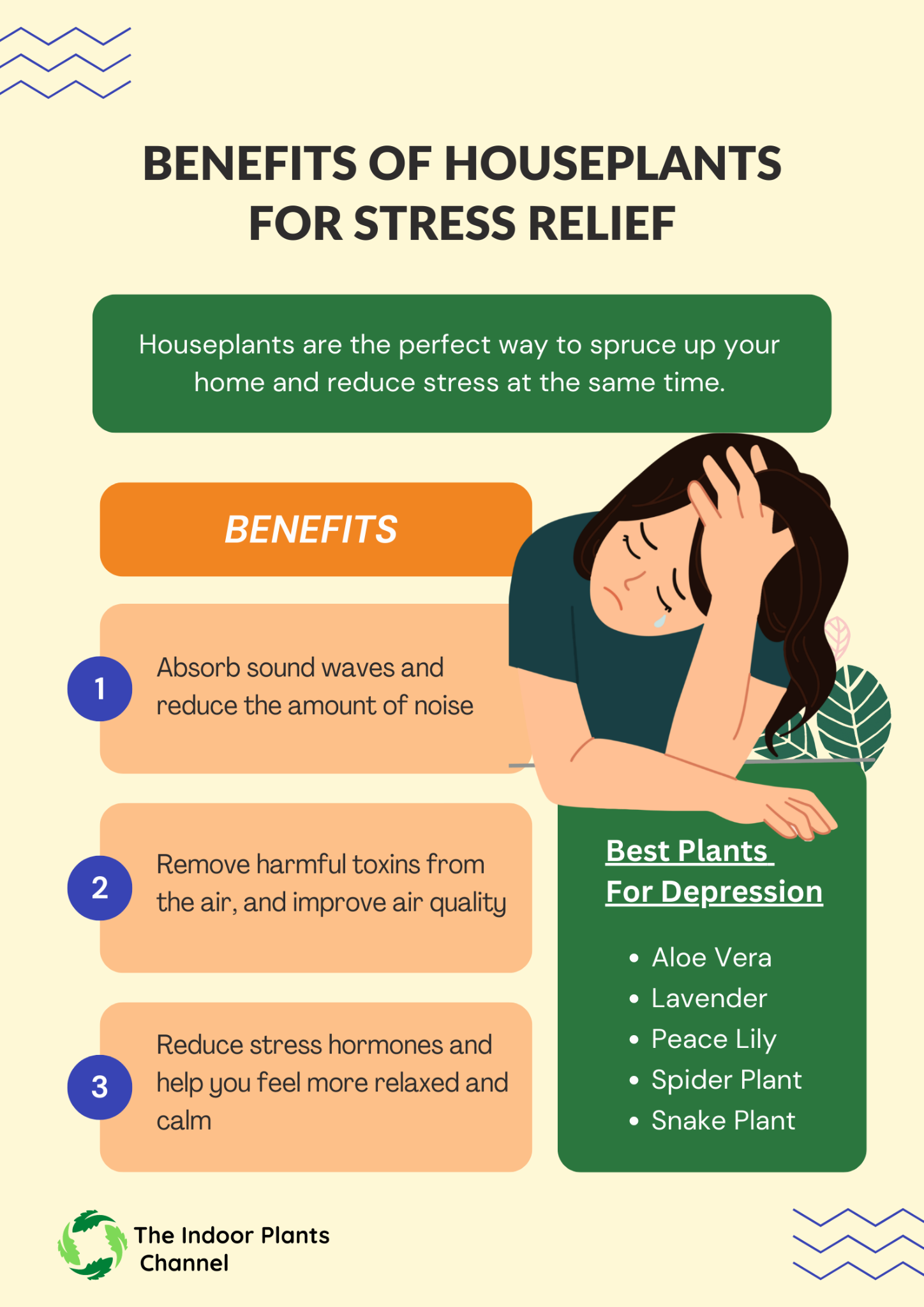
Indoor Plants And Stress Relief The Perfect Pairing
Indoor plants are the perfect way to spruce up your home and reduce stress at the same time. Not only do they look great, but studies have shown that plants can have a calming effect on the mind and body.
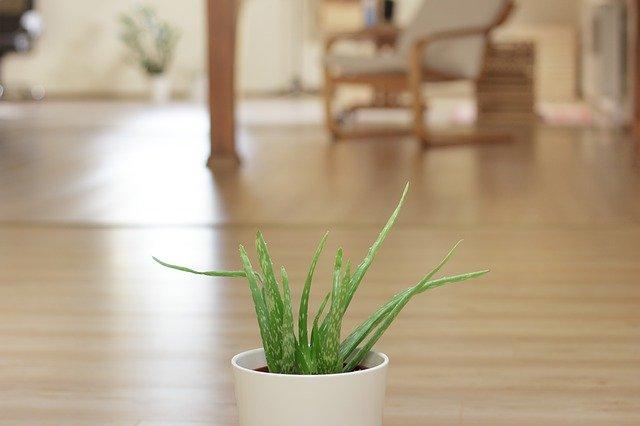
Here are a few of the best plant varieties to choose from:
- Aloe vera – This popular succulent is known for its healing properties. Keep a pot of aloe vera on your desk or bedside table to help reduce stress and anxiety.
- Lavender – Lavender is known for its relaxing scent. Add a few drops of lavender oil to your diffuser or place a pot of lavender on your windowsill to enjoy its stress-relieving benefits.
- Peace lily – The peace lily is one of the best plants for reducing stress and promoting relaxation. Keep this beautiful plant in your bedroom or living room to enjoy its calming effects.
- Spider plant – The spider plant is known for its ability to purify the air. It’s also a great plant for reducing stress and promoting a sense of well-being.
- Snake plant – The snake plant is another great option for purifying the air and reducing stress. Keep a pot of snake plants in your home to enjoy their stress-relieving benefits.
How Plants Can Help To Relieve Stress
Plants can help to relieve stress in a number of ways. They can help to improve the air quality in your home or office, they can provide a natural source of light, and they can help to improve your mood.

One of the best ways to reduce stress is to improve the air quality in your environment. Plants can help to do this by absorbing carbon dioxide and other pollutants and releasing oxygen into the air. They can also help to reduce noise levels and provide a natural source of light.
Another way that plants can help to relieve stress is by improving your mood. Studies have shown that being around plants can help to reduce anxiety and depression. Plants can also help to increase focus and attention span.
How To Use Indoor Plants For Stress Relief
Indoor plants are a great way to reduce stress. There are many indoor plants that can help with stress relief, but not all plants are created equal.
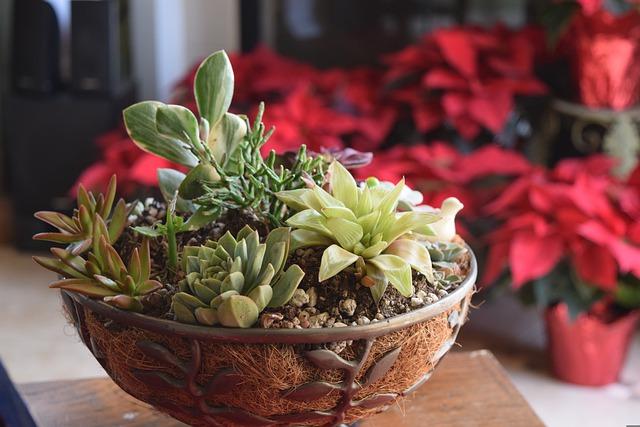
Here are a few tips on how to choose the right indoor plant for stress relief:
- Consider your space. Some indoor plants can get quite large, so you’ll want to make sure you have enough room for the plant to grow.
- Consider your light. Some plants need more light than others, so you’ll want to make sure you have a spot in your home that gets enough light for the plant to thrive.
- Watering. Some plants need to be watered more frequently than others, so you’ll want to make sure you’re prepared to water the plant as often as it needs.
- Pet situation. If you have pets, you’ll want to make sure you choose a plant that is non-toxic to them.
- Consider your allergies. If you have allergies, you’ll want to make sure you choose a plant that won’t trigger them.
- Budget. Some plants can be quite expensive, so you’ll want to make sure you choose a plant that fits your budget.
- Do your research. Once you’ve considered all of the above factors, it’s time to do some research on the plants that fit your criteria. Read up on the different plants and find one that you think will work well for you.
The Best Way To Care For Your Indoor Plants For Stress Relief
It is important to care for your indoor plants properly if you want to experience the maximum stress-relieving benefits they have to offer.
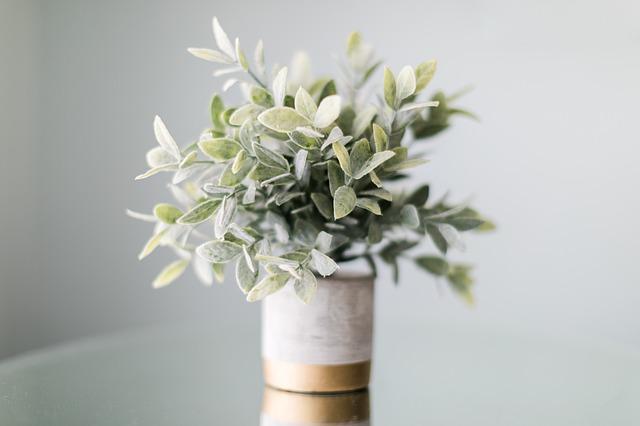
Here are some tips on how to do just that:
1. Make sure they get enough light.
Indoor plants need sunlight to thrive, so make sure to place them near a window where they can get plenty of natural light. If you don’t have a lot of natural light in your home, you can also grow lights to give your plants the light they need.
2. Water them regularly.
Water your plants regularly, making sure to not underwater or overwater them. The best way to know how much water your plants need is to stick your finger in the soil to see if it’s dry or moist.
3. Feed them the right way.
Indoor plants need to be fed every few weeks with a balanced fertilizer. You can either use a liquid fertilizer or slow-release pellets.
4. Prune them as needed.
To keep your plants healthy and looking their best, you should prune them every now and then. This involves trimming off dead or dying leaves and stems.
5. Repot them when necessary.
Over time, your plants will outgrow their pots. When this happens, you’ll need to repot them into a larger pot.
Frequently Asked Questions
- What is plant therapy?
Plant therapy is the use of plants and plant-based products to support physical and mental health. This may include using essential oils, herbs, and other plant-based remedies.
- What are the benefits of plant therapy for stress relief?
Plant therapy can offer a natural and effective way to relieve stress. The scent of certain essential oils, for example, can help to promote relaxation. Herbal teas can also be soothing, and spending time in nature can help to reduce stress levels.
- What are some specific plant-based remedies that can help with stress relief?
There are many plant-based remedies that can help with stress relief. Some of the most popular include:
Essential oils: Aromatherapy with essential oils can be very effective for stress relief. Lavender oil, in particular, is often used to promote relaxation.
Herbal teas: Herbal teas can be very soothing, and many contain herbs that have stress-relieving properties. Chamomile and lemon balm are two examples.
Spending time in nature: Spending time in nature has been shown to reduce stress levels. This can be anything from taking a walk in the park to spending time in a forest.
- What are some other ways to reduce stress?
In addition to plant therapy, there are many other ways to reduce stress. Some other stress-relieving techniques include: Yoga, Meditation, Exercise, Deep breathing exercises, and getting enough sleep
Bonus Tip
- Keep the plant in your bedroom to help you relax before bedtime.
- Place the plant in your living room or other main living space to help reduce stress levels throughout the day.
- Take some time each day to sit with the plant and focus on deep breathing exercises to help center yourself and reduce stress.
- Use the plant as a natural decoration in your home to help create a sense of calm and relaxation.
- Give the plant as a gift to someone who could benefit from its stress-relieving properties.
- Choose a plant that is known for its calming or relaxing effects. Some good examples include lavender, chamomile, and jasmine.
- Place the plant in a location where you will see it often, and take a moment to stop and smell it whenever you can.
- Consult a qualified therapist to ensure you’re using the right plants for your needs.
Conclusion
Plant therapy is a natural treatment for stress. The use of plants and their extracts to calm and relax your mind is actually effective and amazing. There are different plants you can use for the therapy and we’ve compiled them in this post. We also added how you can use them to get the best results.
Michelle Wilde
Related posts
2 Comments
Leave a Reply Cancel reply
![]()
About Michelle Wilde
Michelle Wilde is a stay-at-home mom and avid plant lover. Armed with a post-graduate degree in Computer Science (no kidding!), she loves researching plants and landscapes. When she is not caring for her 4 kids, she spends time on her passion for plants. She blogs at www.indoorplantschannel.com, the trusted source for indoor plants.
Learn more
Subscribe
* You will receive the latest posts and updates about indoor plants!
Search
Recent Posts
Categories
- Beginner Guides (10)
- FAQ (206)
- General (2)
- How-To Guides (212)
- Indoor Plants (214)
- Pest Management (2)
- Plant Problem Solutions (4)
- Seasonal Growing (2)
- Specialized Environments (2)
- Specific Plant Care (3)
- Technical Growing (2)

[…] there are a number of different plants that can be used to treat stress. Some of the most popular include lavender, chamomile, and valerian. These plants can be used in a […]
[…] are many different types of plant therapy that can be used for stress relief. Some of the most popular types of plant therapy include aromatherapy, massage, and […]